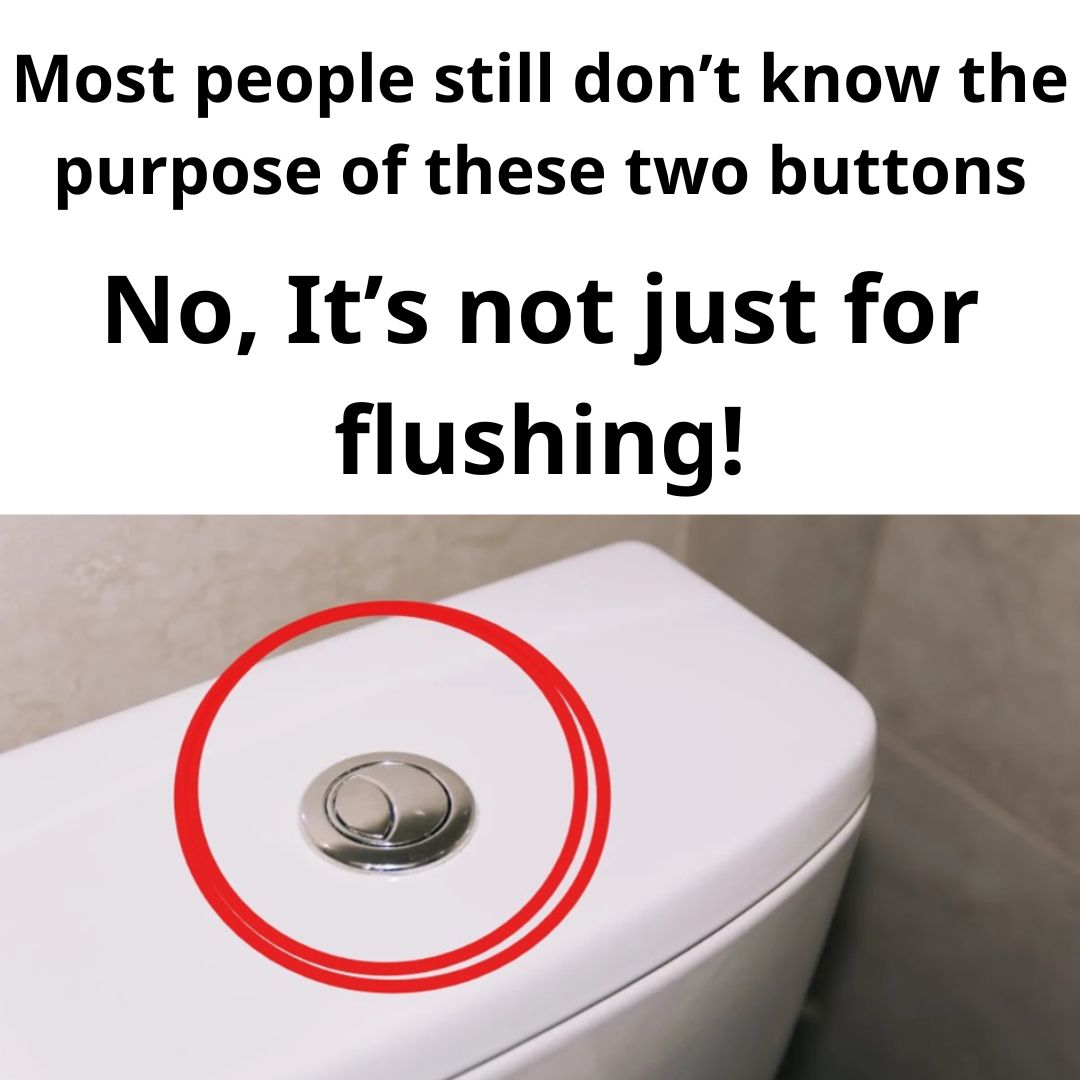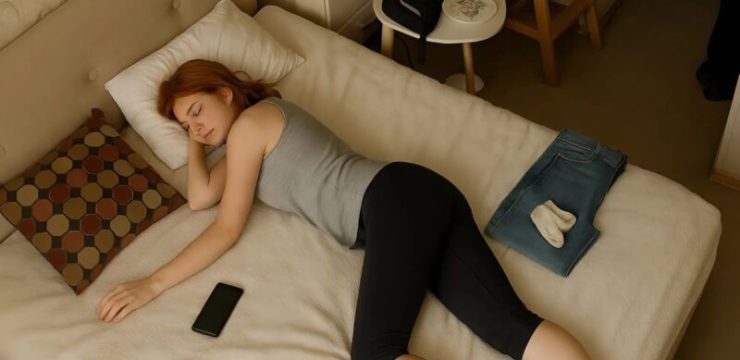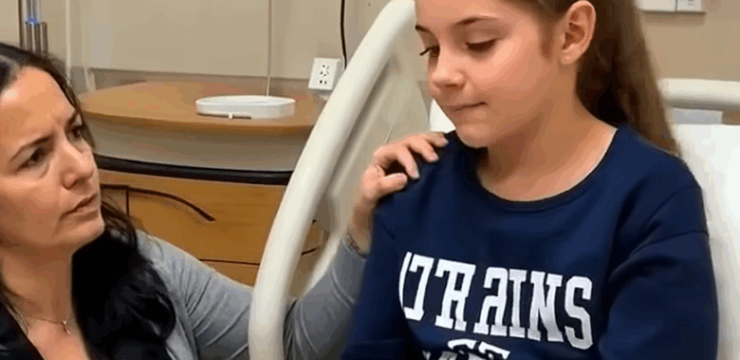The first time I saw a toilet with two buttons on the top, I assumed they were both just for flushing, with maybe a slightly different look for design purposes. I didn’t give them much thought. But as it turns out, those two buttons serve a bigger purpose than simply being decorative.

In fact, they’re part of a smart system designed to conserve water, lower your utility bills, and reduce your environmental footprint. These dual flush toilets are showing up more and more in modern homes, public restrooms, and eco-conscious buildings, and for good reason. The idea behind the two buttons is actually pretty straightforward—one button uses less water, and the other uses more, depending on what needs to be flushed. The smaller button is meant for liquid waste and typically releases around 3 to 4.5 liters of water.
The larger button, on the other hand, is intended for solid waste and can use between 6 to 9 liters, providing the extra power needed for a thorough flush. This dual flush system gives you a choice, letting you use only as much water as necessary, which may seem like a small decision but can lead to big results over time. Why does it matter so much? Well, toilets are one of the biggest sources of indoor water use in most households. Traditional toilets can use up to 13 liters of water with every single flush, whether it’s needed or not. That’s a huge waste, especially when you consider how often the average person flushes throughout the day.
By switching to a dual flush toilet and using it correctly, you could save up to 20,000 liters of water every year. That’s not just good for the environment—it’s also great for your bank account, since using less water means a lower utility bill each month. The savings can really add up, especially in households with multiple people. The concept of the dual flush toilet was first introduced in 1980 by Bruce Thompson, an Australian designer working with Caroma. He came up with the idea during a time of drought in Australia, aiming to find a way to reduce water usage while still maintaining effective flushing performance. Since then, the dual flush system has been adopted around the world, especially in places where water conservation is a high priority.
Many governments and environmental agencies now recommend or even require water-efficient toilets in new construction, making dual flush toilets a popular and practical choice. Despite how common they’re becoming, a lot of people still don’t use the buttons properly. The key is to recognize the symbols—usually, the smaller button has a single droplet or a half-circle icon, while the larger button may show a full circle or double droplets. It’s a simple concept: press the small button for liquids, and the large one for solids. That small choice makes a big difference. If you have a dual flush toilet at home, it’s a good idea to explain it to your guests or family members who might not be familiar with the system. Using the buttons correctly helps everyone do their part in conserving water. The environmental benefits of using a dual flush toilet go beyond just saving water.
Reducing water usage also cuts down on the energy needed to treat and pump that water, helping lower the overall carbon footprint of your household. Every drop saved reduces strain on water treatment plants and preserves vital natural resources like rivers, lakes, and underground aquifers. It’s one of those rare situations where convenience, savings, and sustainability all come together in one simple solution. If you’re thinking about upgrading your bathroom, switching to a dual flush toilet is absolutely worth the investment.
While they may cost a bit more upfront than standard single-flush toilets, the long-term savings on your water bill quickly make up the difference. Plus, some local governments even offer rebates for installing water-saving fixtures like these, which can help offset the cost. Personally, I never thought much about my toilet’s water usage until I learned what those buttons actually did. But now, I use them with purpose, knowing that even this small habit makes a positive impact. So the next time you go to flush, take a second to choose the right button—you’ll be saving water, money, and doing your part for a more sustainable world, one flush at a time.





